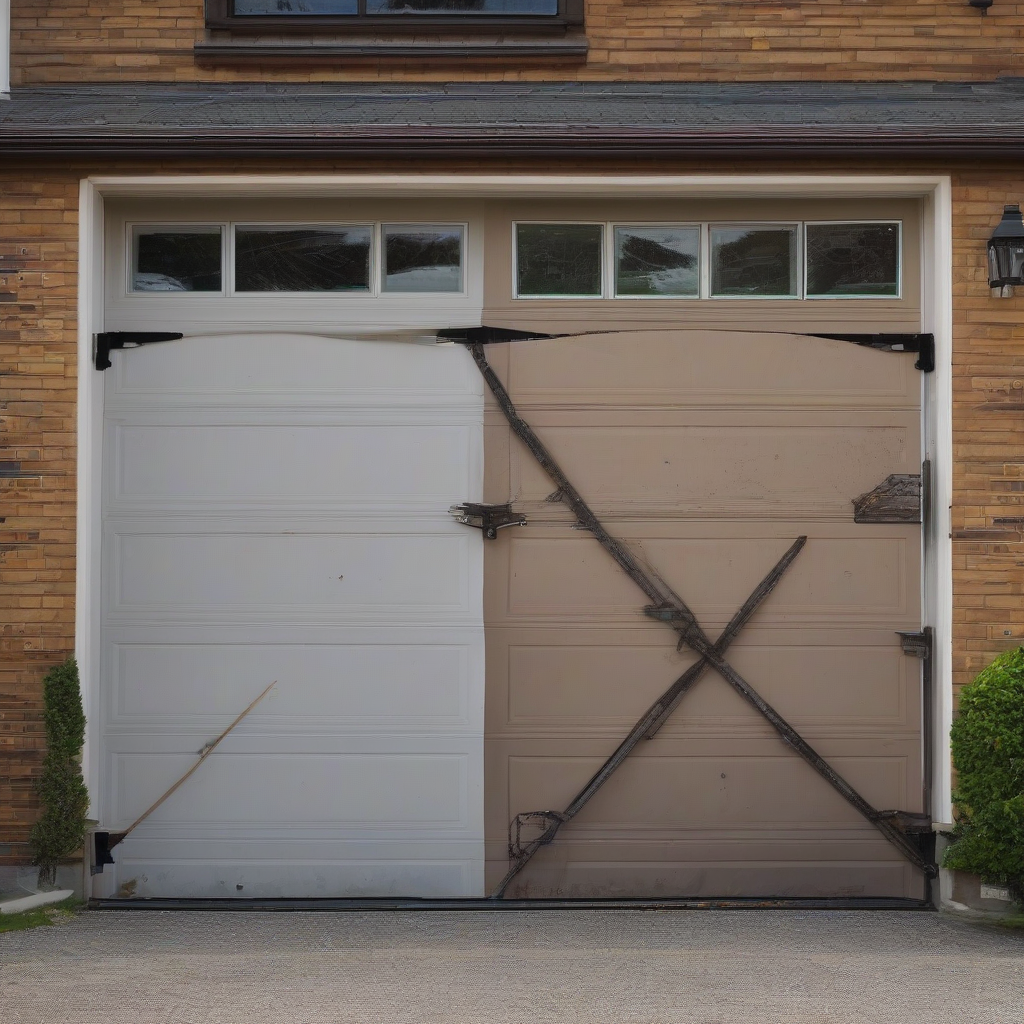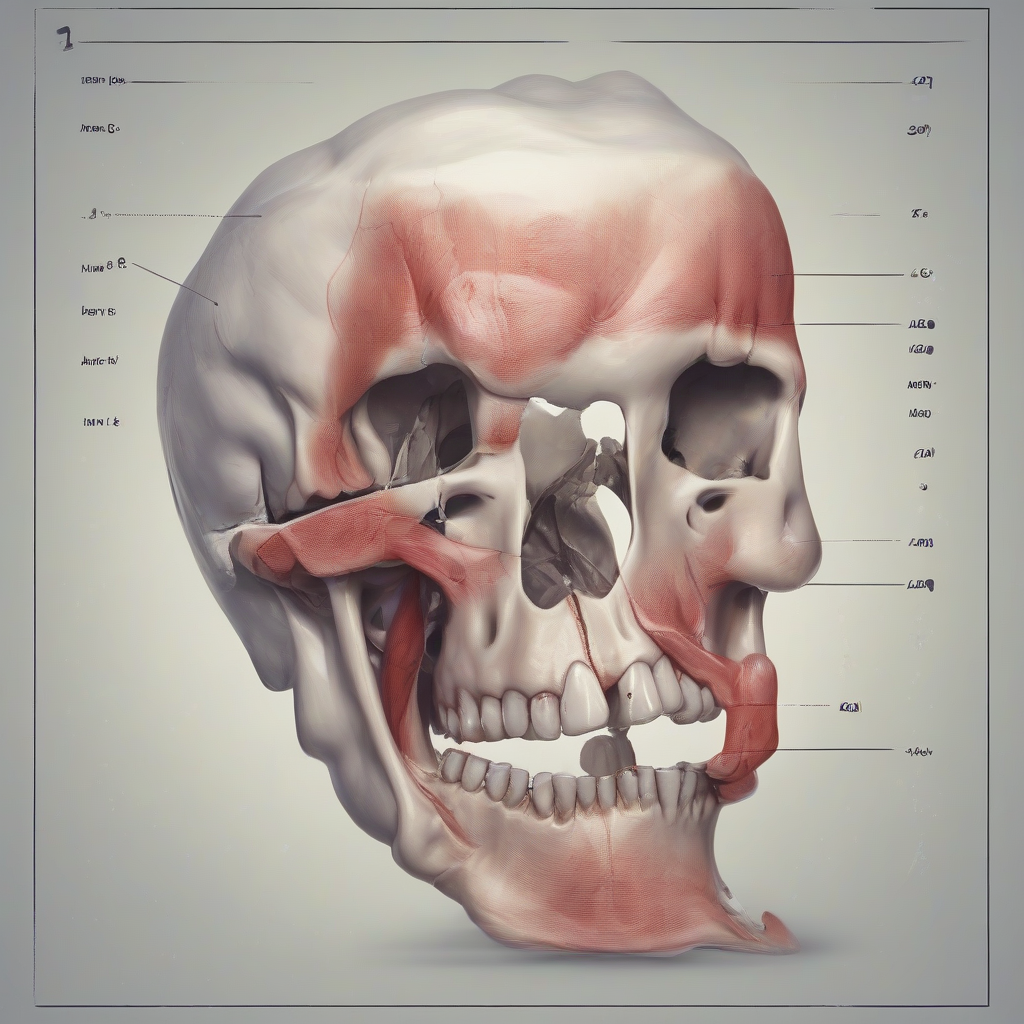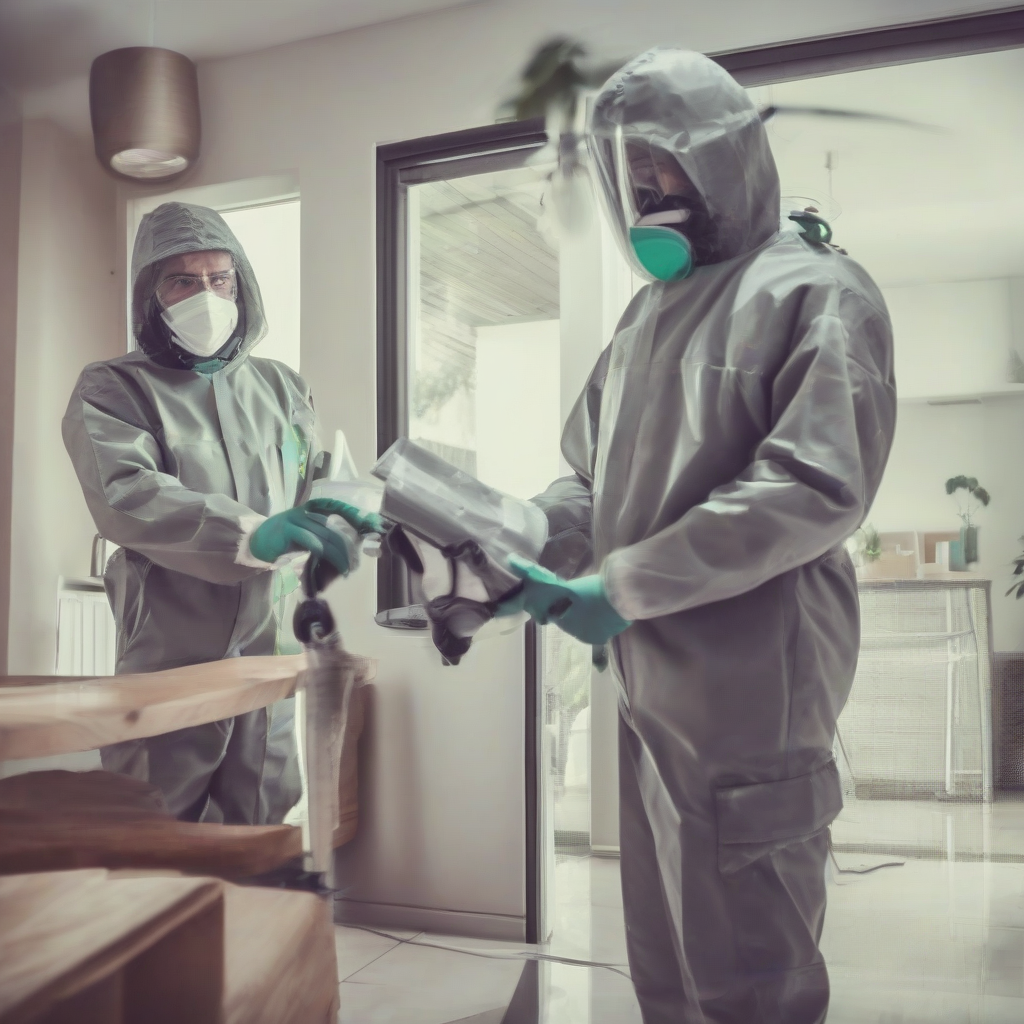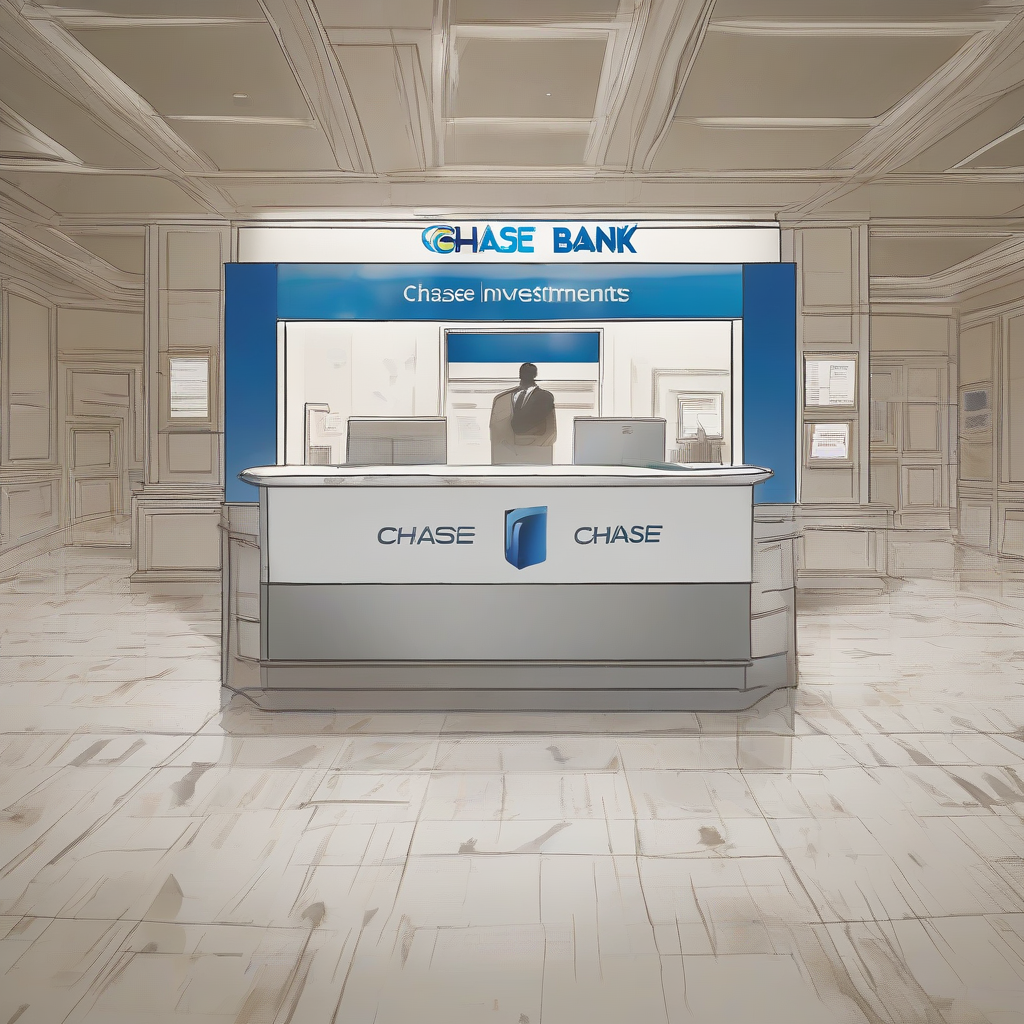Garage Door Won't Open? A Comprehensive Guide to Fixing Common Issues

Garage Door Won't Open? A Comprehensive Guide to Fixing Common Issues
Introduction
A malfunctioning garage door can be a major inconvenience, leaving you stranded and potentially compromising the security of your home. Whether it's refusing to open, closing abruptly, or making strange noises, understanding the underlying causes and troubleshooting steps can save you time, money, and frustration. This comprehensive guide will walk you through the most common garage door problems and provide practical solutions to get your door back up and running smoothly.
Identifying the Problem
- No Power: If your garage door opener doesn't respond at all, the first thing to check is whether it's receiving power. Inspect the power outlet, the circuit breaker, and the fuse box.
- Remote Control Issues: A faulty remote control or dead batteries can prevent the door from opening. Try replacing the batteries or resetting the remote.
- Mechanical Issues: A broken spring, a malfunctioning motor, or a damaged track can all hinder the door's movement. You'll need to visually inspect these components for signs of damage or wear.
- Safety Sensors: Garage doors are equipped with safety sensors to prevent them from closing on objects or people. If the sensors are misaligned or obstructed, the door won't operate.
- Door Unbalanced: An unbalanced door puts extra strain on the opener and springs, potentially causing them to malfunction.
Troubleshooting Steps
1. Check Power Supply
- Make sure the power outlet is working by plugging in another appliance.
- Check the circuit breaker or fuse box to ensure the garage door opener is receiving power.
- Reset the circuit breaker if it's tripped.
2. Troubleshoot the Remote Control
- Replace the batteries in the remote control.
- Try resetting the remote by following the instructions in the owner's manual.
- Check if the remote control is working by testing it on a different opener (if available).
3. Inspect the Safety Sensors
- Locate the safety sensors, usually positioned on either side of the garage door opening, near the floor.
- Make sure the sensors are aligned and facing each other directly.
- Remove any obstructions between the sensors, such as dirt, debris, or toys.
- Test the sensors by shining a flashlight between them. The light should pass through without interruption.
4. Check the Garage Door Tracks
- Inspect the tracks for any signs of damage, such as bends, dents, or corrosion.
- Lubricate the tracks with a silicone-based lubricant to reduce friction.
- Tighten any loose screws or brackets that hold the tracks in place.
- If you notice any major damage, it's best to consult a professional garage door technician.
5. Examine the Springs
- Warning: Working with garage door springs can be extremely dangerous. If you are not comfortable with this task, it's recommended to hire a professional.
- Inspect the springs for signs of rust, wear, or broken coils.
- If the springs are damaged, replace them immediately.
- If you suspect a spring issue, disconnect the door opener and manually check the door's balance.
6. Inspect the Motor and Opener
- Check the motor for any signs of overheating or unusual noises.
- Inspect the belt or chain drive for wear or damage.
- If the motor is not functioning, it may need to be replaced.
- Ensure the door opener is properly installed and securely attached to the ceiling or wall.
Preventing Future Issues
- Regular Maintenance: Schedule regular inspections and lubrication of the door, tracks, springs, and opener.
- Clean the Tracks: Remove dirt, debris, and leaves from the tracks to prevent them from becoming misaligned or obstructed.
- Check the Springs: Inspect the springs for wear and tear, especially if they are more than 10 years old.
- Use a Garage Door Lubricant: Apply a silicone-based lubricant to the tracks, rollers, and hinges to reduce friction and prevent wear.
- Avoid Overloading: Do not place heavy objects on the door or overload the opener with excessive weight.
When to Call a Professional
While troubleshooting common garage door issues can be done by homeowners, there are certain situations where it's best to call a professional garage door technician:
- Damaged Springs: Replacing garage door springs is a dangerous task that requires specialized tools and expertise.
- Broken Tracks: If the tracks are bent or damaged, it's important to have them repaired or replaced by a professional to ensure the door operates safely.
- Electrical Problems: If you suspect electrical issues, such as a faulty motor or wiring, call a qualified electrician for assistance.
- Complex Issues: If you're unable to diagnose the problem or feel uncomfortable attempting repairs, it's always best to seek professional help.
Conclusion
A malfunctioning garage door can be a frustrating experience, but by understanding the common causes and troubleshooting steps, you can often resolve the issue yourself. Remember to prioritize safety and call a professional for any complex repairs or if you're unsure about a particular issue. With a little patience and knowledge, you can keep your garage door running smoothly and securely for years to come.
What's Your Reaction?

















